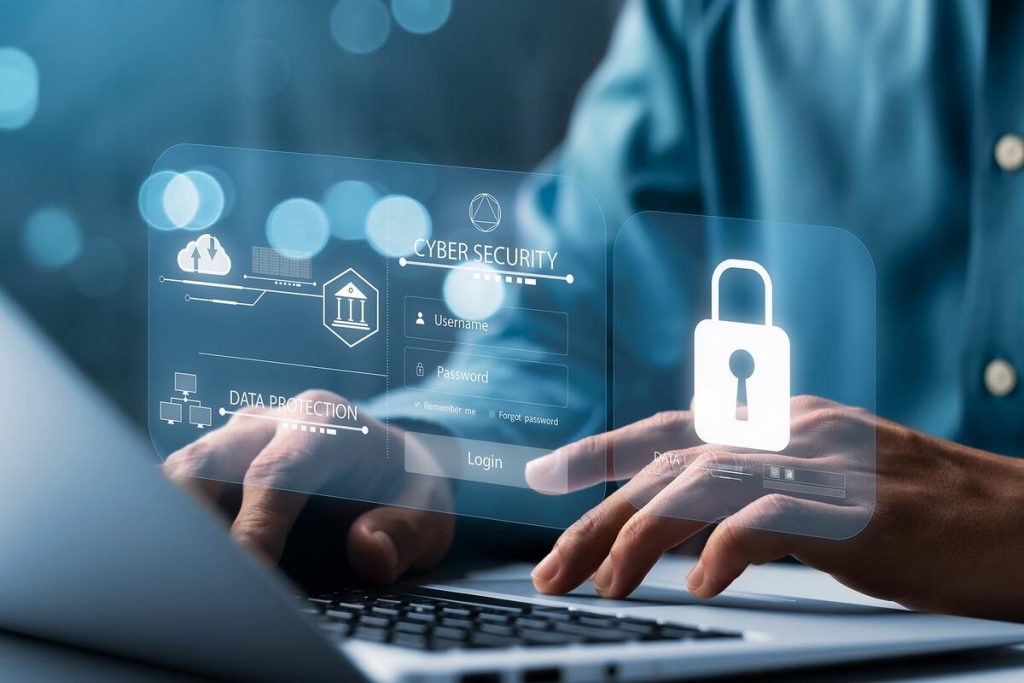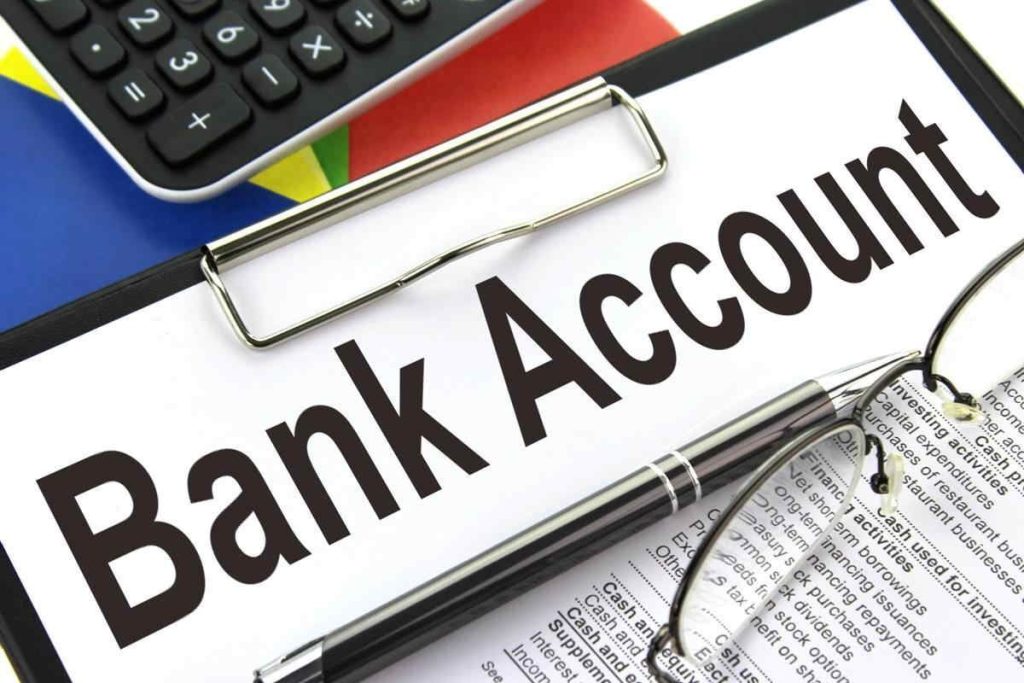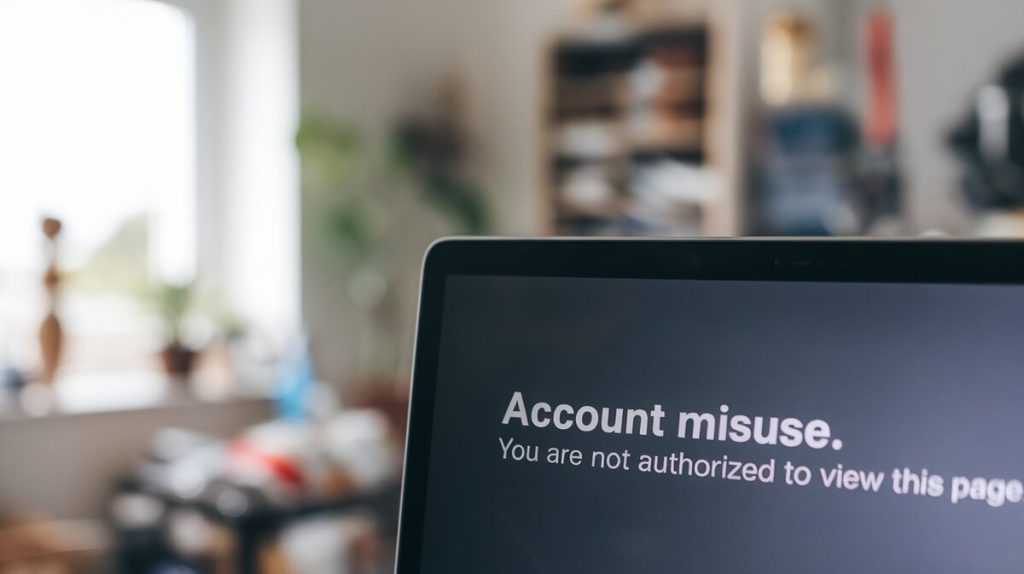Account misuse occurs when unauthorized individuals access or use accounts—financial or digital—for purposes other than those intended. This can involve unauthorized transactions, identity theft, or employees misusing company accounts. Misuse has become increasingly prevalent, as both personal and business accounts are vulnerable to attacks.
According to the Federal Trade Commission (FTC), identity theft, one of the most common forms of account misuse, affected 4.8 million consumers in 2022. These incidents can lead to significant financial and reputational damage for individuals and businesses.
What is Account Misuse?
Account misuse refers to unauthorized access to accounts for malicious purposes. This often involves bypassing security controls to steal money or confidential information. There are several types of account misuse, including unauthorized access to online banking, email, or corporate accounts, as well as privilege abuse within organizations.
- Unauthorized access involves gaining control of accounts, often using stolen credentials, malware, or phishing attacks.
- Privilege abuse occurs in companies when employees misuse their access rights to view, modify, or steal sensitive data. A Ponemon Institute study found that 60% of employees have more access to company data than their job requires.
- Fraudulent transactions include unauthorized purchases or withdrawals using compromised financial accounts. Mastercard reports that global fraud results in $32 billion in losses every year.
Warning Signs of Account Misuse
Detecting account misuse early is crucial. Common signs include:
- Unfamiliar login locations or devices in your account logs.
- Sudden changes in account settings, such as password resets or email updates.
- Unrecognized financial transactions in your bank statements.
- Suspicious notifications from service providers about unusual activities or failed login attempts.
| Table 1: Common Signs of Account Misuse | Percentage of Cases |
|---|---|
| Unfamiliar login locations | 40% |
| Unrecognized transactions | 58% |
| Password change attempts | 30% |

How to Detect and Respond to Account Misuse
When misuse is suspected, fast action is critical. Here’s how to respond:
- Monitor Account Activity
- Regularly check transaction histories and login records for unusual activity. VISA recommends continuous account monitoring, which can reduce the impact of misuse by 48%.
- Change Passwords and Enable Two-Factor Authentication (2FA)
- Immediately update compromised passwords with secure combinations. Enabling 2FA can block unauthorized access even if credentials are stolen. Mastercard emphasizes the importance of 2FA, which significantly reduces the likelihood of unauthorized account access.
- Report Activity to Service Providers
- Notify service providers of suspicious activity. Both VISA and Mastercard offer dispute resolution services that can help recover funds and stop unauthorized access.
- Use Professional Fraud Prevention Services
- For businesses, partnering with companies like Merchanto.org, an official partner of VISA and MasterCard, can help prevent chargebacks and other fraudulent activities. Their expertise in fraud prevention reduces financial risks and enhances security. You can explore their services here.
Preventing Account Misuse
Effective prevention is crucial to avoid financial and reputational damage. Here are the steps to safeguard accounts:
- Use Strong, Unique Passwords
- Strong passwords (12+ characters) combining uppercase, lowercase, numbers, and symbols are critical. According to Google, 70% of data breaches involve weak or reused passwords.
- Enable Multi-Factor Authentication (MFA)
- MFA adds an extra verification step, reducing unauthorized access by 99.9%, according to Microsoft. It’s widely recommended by payment processors like Stripe and Checkout.com.
- Educate Against Phishing Scams
- Phishing is involved in 90% of data breaches. Training employees and individuals to recognize phishing attempts significantly reduces the risk of account misuse.
- Secure Devices and Update Software
- Keeping software up to date helps mitigate malware risks. Malware, including keyloggers, often targets login credentials.
| Table 2: Preventive Measures | Effectiveness |
|---|---|
| Strong Passwords | Reduces breaches by 50% |
| Multi-Factor Authentication (MFA) | Reduces risk by 99.9% |
| Anti-Phishing Education | Reduces risk by 90% |

Legal and Financial Consequences of Account Misuse
The consequences of account misuse are far-reaching:
- Individuals
- Identity theft costs an average of $1,100 per victim in the U.S. in 2023, according to the Identity Theft Resource Center.
- Businesses
- Companies face substantial financial losses. The IBM 2023 Data Breach Report highlights an average loss of $4.35 million per breach. Furthermore, regulatory penalties under laws like the GDPR can reach €20 million or 4% of annual revenue, whichever is higher.
- Reputational damage
- Loss of consumer trust is another severe consequence. After a breach, 80% of customers may consider switching brands.
Avoiding Repeated Attacks
After experiencing account misuse, strengthening security across all accounts is necessary:
- Reset Passwords Across All Accounts
- Attackers often reuse stolen credentials. Reset passwords for all accounts to prevent further misuse.
- Upgrade Account Recovery Options
- Regularly update recovery information (phone numbers and emails) to ensure attackers can’t hijack account recovery processes.
- Run Security Scans on Devices
- Use updated antivirus software to scan for malware or keyloggers that may be capturing your data.
- Limit Account Permissions
- For businesses, ensure that employees only have access to the data necessary for their roles. According to Ponemon Institute, 76% of data breaches involve misuse of privileged access.
Chargebacks and Business Security
For businesses, chargebacks remain one of the biggest financial threats related to account misuse. When consumers file disputes due to unauthorized transactions, companies are not only liable for the lost revenue but also incur fines and increased operational costs.
Using chargeback prevention services from official partners can help reduce these risks. Merchanto works directly with VISA and MasterCard, ensuring compliance with security standards and offering tools that significantly reduce chargebacks.
Conclusion: Protecting Accounts is Essential
Account misuse is an ever-present risk for individuals and businesses. Strong security measures such as regular monitoring, robust passwords, and multi-factor authentication are essential for mitigating risks.
By following these preventive steps, individuals and companies can minimize their exposure to financial and reputational damage. It’s crucial to stay vigilant and regularly update security practices to keep pace with the evolving threat landscape.



